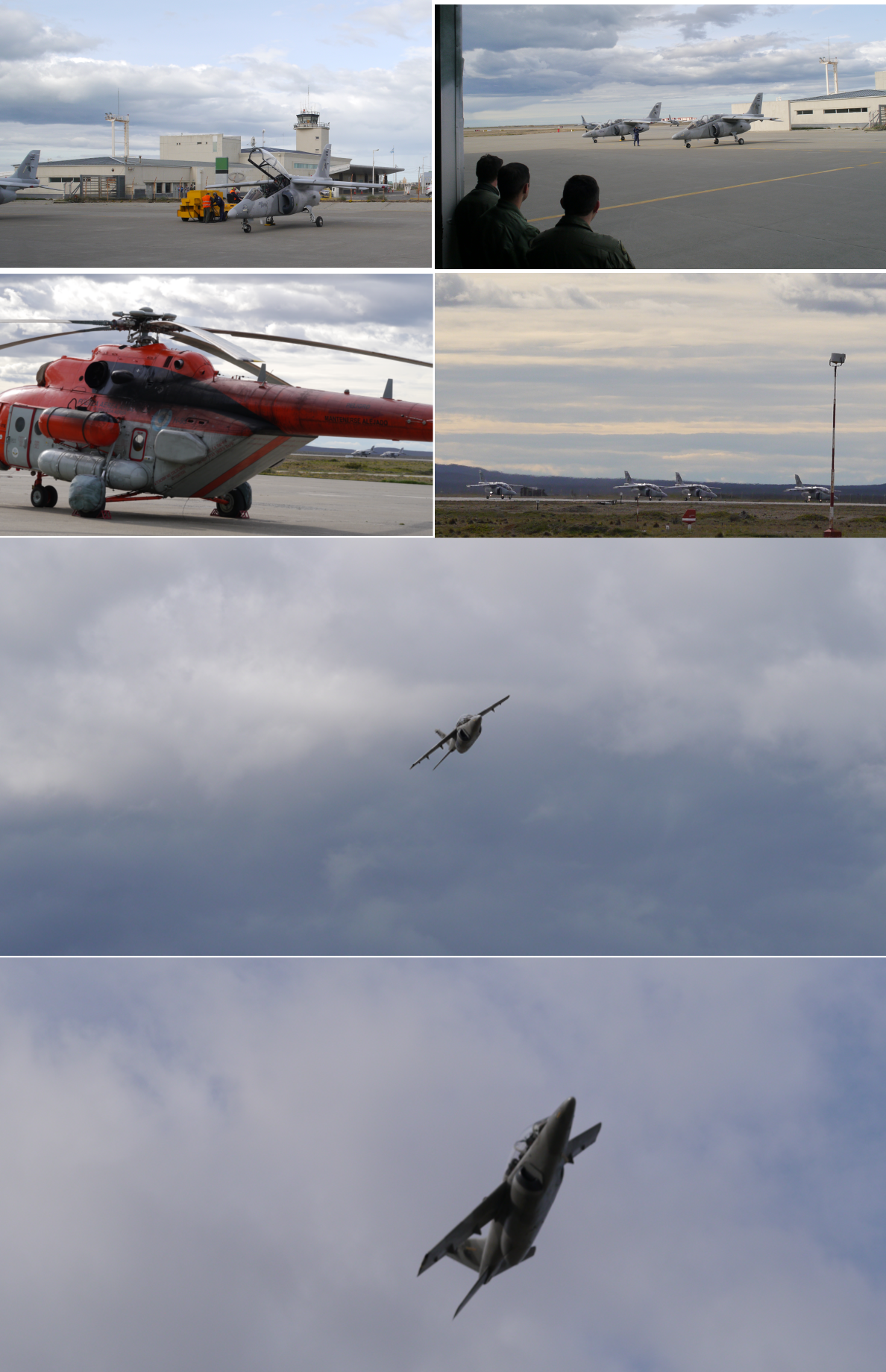On Tuesday, 12th of November, the second HALO flight of phase 2 was performed. The flight was dedicated to trace gas measurements in the vicinity of the Antarctic Peninsula.
Namely, polar vortex air was probed at 69°S and a trace gas filament was investigated by multiple crossings in various directions. The flight was coordinated with ozone balloon soundings at Marambio Station, King George Island, and Punta Arenas. In addition, mountain waves triggered by the westerly flow across the Antarctic Peninsula were present in the troposphere and lower stratosphere. The mountain waves are not able to propagate to higher altitudes at this time of the year because wind direction above is now easterly. The waves encounter their critical level and break. One highlight of this flight was enhanced concentrations of carbon monoxide (CO) in the area around the southern tip of South America. Satellite observations revealed that they are likely a result of the heavy bushfires currently bothering Australia. This nicely confirms the transport of this biomass burning emissions by the atmospheric flow all around the globe.
On the day after the flight, unexpected visitors landed at RGA Airport. Announced was a search-and-rescue helicopter which accompanied Argentinian IA 63 Pampa jets on their flights off the coast of eastern Argentina. The Pampa jets are stationed in northern Argentina and operate in the South from time to time. Usually, they get refuelled in Rio Gallegos which is located north of Rio Grande. This time, it seems they must have heard that something interesting is ongoing at Rio Grande and it was quite a surprise for all SouthTRAC participants when they arrived in front of the hangar. After a break and a short tour through the inside of HALO, the pilots took off again and said goodbye with a low level overflight over the apron (including a roll). This was a nice variety in the daily campaign routine, not only for our HALO technician who got in touch with Pampa jets already in their very beginning: at Dornier in Oberpfaffenhofen where the first Pampa jet got airborne. The contributions of Dornier to the jet are clearly visible; the Pampa jet looks similar to the Alpha Jet.

Currently, HALO is up in the air along a flight track at 40°S over the Andes in the vicinty of the strong tropopause jet where mixing processes due to mountain waves and wind shear are investigated.
